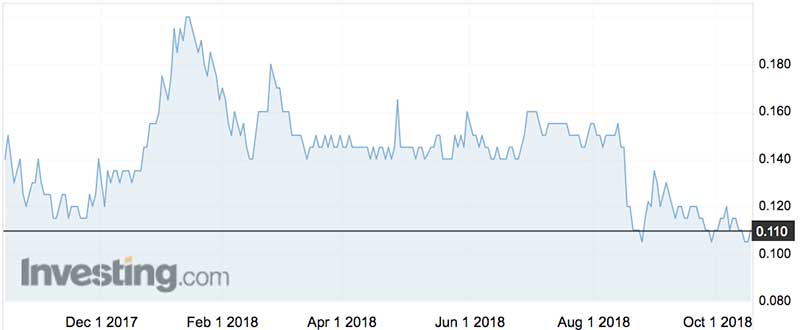Cloudy future for Kiwi coal explorer as NZ moves away from mining

Pic: Bloomberg Creative / Bloomberg Creative Photos via Getty Images
While Australian governments are at loggerheads over the future of coal, local miners have some hope with the federal government on their side.
The same cannot be said on the other side of the Tasman as New Zealand considers dramatic changes to its Mining Act.
The election of the Ardern government (a coalition of Labour, NZ First and the Green party), has led some to declare New Zealand’s mining sector is facing its toughest battle ever.
Mining in New Zealand may only be permitted on a case-by-case basis and is not allowed on conservation land.
NZ has unveiled a policy of ‘no new mines on conservation land’. While there is a public consultation in progress, this seems a formality and it is unlikely the policy will change.
Prime Minister Ardern said last year: “We’ve taken a position that we don’t want new mining, new coal mining on the conservation estate but otherwise we’ve talked very firmly about the need to transition those economies and those industries rather than put bans in place.
“Every decision we take case by case. We recognise [coal mining]’s not our future but we have to transition. Particularly for those areas that have long had reliance on that part of our economy.”
ASX-listed Bathurst Resources is New Zealand’s largest coal miner with projects all over the country.
It exports its coal predominantly (70%) to steel companies in Asia such as Tata and Hyundai.
They sell the remainder to domestic users (30%), however they intend to phase out non-renewables as an energy source by 2030.

Bathurst has had a poor year with its shares nearly halving.
It used to be dual-listed but de-listed from the NZX in 2015 with its share price at 1.5c. Inevitably the anti-mining rhetoric is bearing on investors’ minds.
Bathurst has also been in a stoush with L&M Coal over $US40m in royalties.
In August, the New Zealand High Court ruled in favour of L&M, ordering BRL to cough up the money (plus interest and legal costs) once a production threshold was met.
Bathurst is appealing and has expressed confidence in success.
Short-term outlook
In the short term, Bathurst is not under threat.
It still holds seven mines, five of which are operating with long-term contracted customers in energy-hungry economies.
They are profitable, with their most recent profit being $72.9m, and the L&M case aside, free of debt.
They continue to forecast high production figures from their New Zealand mines with a high profit margins.
And they have begun to diversify into other countries. In June they entered into a joint venture with Canadian coal company NWP.
Yet, as democratic and transparent as New Zealand is, the present situation Tanzania has shown investors are quick to take their money elsewhere when faced with an unfavourable legal environment.
Bathurst Mining was contacted for comment.
UNLOCK INSIGHTS
Discover the untold stories of emerging ASX stocks.
Daily news and expert analysis, it's free to subscribe.
By proceeding, you confirm you understand that we handle personal information in accordance with our Privacy Policy.








